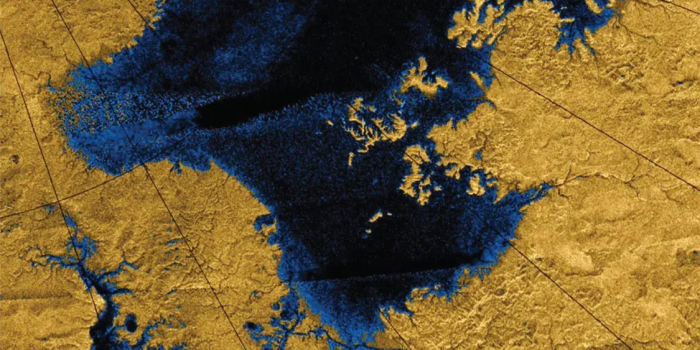Researchers at the Massachusetts Institute of Technology (MIT) have developed a groundbreaking technique that allows for the measurement of river flow intensity on celestial bodies such as Mars and Saturn’s moon, Titan.
In the exploration of our solar system, evidence of rivers on other worlds has been observed, but in-depth study has remained elusive. However, MIT geologists have made significant progress with a new method that estimates the rate of river flow and sediment movement on other planets and moons.
Satellite data is the foundation for this technique, enabling researchers to calculate extraterrestrial rivers’ flow rates and characteristics. Although direct observation is not feasible, this approach empowers scientists to make predictions about the behavior of these rivers.
The breakthrough technique offers exciting prospects for understanding two distinct celestial bodies. The method allows scientists to make real predictions for Titan, Saturn’s largest moon despite the limited data available. Taylor Perron, a professor at MIT’s Department of Earth, Atmospheric and Planetary Sciences, highlights the significance: “What’s exciting about Titan is that it’s active. With this technique, we have a method to make real predictions for a place where we won’t get more data for a long time.”

Perron adds that the approach also acts as a “time machine” for Mars, enabling researchers to glean insights into the ancient rivers that are now dry.
The research relies on data from NASA’s Cassini spacecraft, which has captured fewer images of Titan’s surface than Mars due to factors such as the moon’s thick atmosphere and distance from Earth. While examining the river images from Titan, MIT researchers were puzzled by the absence of fan-shaped deltas at the mouths of the rivers, a phenomenon commonly observed on Earth.
The study builds upon the work of Gary Parker, who formulated mathematical equations to describe river flow on Earth. MIT researchers expanded on Parker’s theory and identified universal relationships between a river’s physical dimensions, including width, depth, slope, and flow rate. By analyzing factors such as gravitational field strength and sediment characteristics, the scientists devised equations that could be applied to planets with different gravities and materials.
Samuel Birch, the study’s first author, further refined Parker’s equations by making modifications that consider only width and slope inputs. Testing these equations on data from 491 rivers on Earth, Birch discovered that predictions based solely on width and slope yielded accurate results.

The modified equations were then applied to ancient rivers on Mars, particularly those leading into Gale and Jezero Craters, which were once filled with water billions of years ago. Scientists could estimate these rivers’ flow rates using Mars’ gravity equations and estimates of width and slope based on satellite images and elevation measurements. The research suggests that rivers flowed for at least 100,000 years at Gale Crater and at least a million years at Jezero Crater, potentially providing a suitable environment for life to exist.
Comparing data from two delta-less rivers on Titan with one of Earth’s largest rivers, the Mississippi River, the study revealed that the lack of sediment movement prevented the formation of deltas on Titan. Additionally, the analysis showed that rivers on Titan have wider channels and gentler slopes compared to rivers with equivalent flow rates on Earth or Mars.
Samuel Birch emphasizes the significance of Titan as an Earth-like world and the potential for further discoveries: “Titan is the most Earth-like place. We’ve only gotten a glimpse of it. There’s so much more that we know is down there, and this remote technique is pushing us a little closer.”
The study, published in the Proceedings of the National Academy of Sciences, marks a significant advancement in understanding extraterrestrial rivers and their characteristics. It opens doors for future exploration and expands our knowledge of the diverse landscapes within our solar system.


